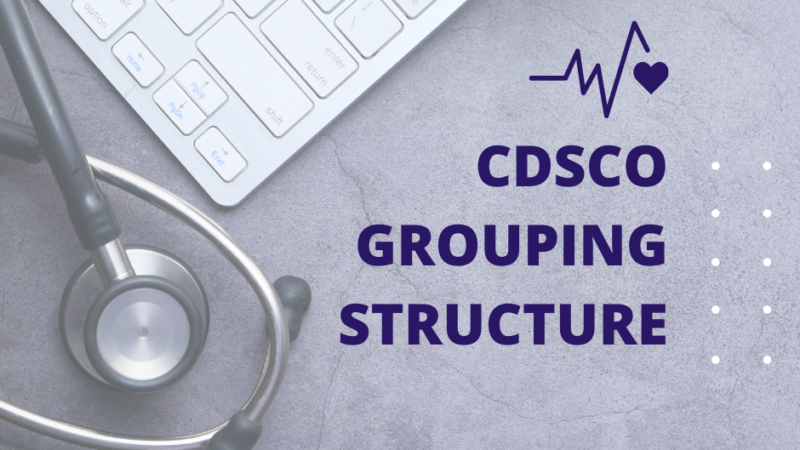This article gives a brief on India’s Medical Device Grouping Structure – The regulatory landscape for medical device importation and registration in India has undergone significant changes, particularly since an important update in 2020 by the Central Drugs Standard Control Organization (CDSCO). Initially, registration was compulsory for only 37 specific invasive devices. This scope was expanded, introducing a voluntary registration phase for other medical devices until October 1, 2021, before transitioning to mandatory registration in phases, concluding in October 2023. For manufacturers and suppliers, understanding the CDSCO’s medical device categorization is not just beneficial—it’s very important for navigating the regulatory framework, determining applicable fees, documentation requirements, and forming effective market entry strategies. The CDSCO employs a structured approach to classify medical devices into four categories: Single, Family, System, and Group. India’s Medical Device Grouping Structure is instrumental in simplifying the registration process and clarifying regulatory commitments.
Single Grouping:
This is for individual medical devices marketed independently, the Single category is for unique licensing and specific documentation for each product, regardless of packaging variations. For example, products like condoms, available in different package sizes, fall under this category. If a device initially part of a kit or group is later marketed separately, it requires individual licensing.
Family Grouping:
The Family category groups medical devices managed by the same registration or license holder, which share similar characteristics like risk classification, intended use, design, and manufacturing processes. Within this category, certain variations among devices are permissible as long as they stay within predefined boundaries. Key criteria for these variations include:
- Similarity in physical design and materials used
- Comparable manufacturing processes
- Uniform intended use across the group
- Matching risk profiles for all devices
This categorization has a single fee for the entire family of devices and a collective Device Master File (DMF), simplifying the path to regulatory compliance. Examples of devices suitable for Family grouping include various defibrillators (automatic and semi-automatic), dental brackets of different materials, gloves (both powdered and powder-free), and cardiac catheters with differences in lumens, lengths, and diameters.
System Grouping:
System grouping is for products designed to work together under a single proprietary name, like a hip replacement system. Licensing and documentation depend on whether these are sold as a single unit or separately. The important thing to note here is the necessity for separate documentation and fees for individual components if they are sold separately, even within a system.
Group:
The Group category includes multiple medical devices from different manufacturers packaged together for a common medical purpose, such as a first aid kit. This classification allows for a combined fee structure while requiring specific documentation for each device.
Conclusion:
Understanding the CDSCO’s medical device categorization is essential for manufacturers and suppliers aiming for successful navigation within India’s regulatory environment. The distinct categories—Single, Family, System, and Group—highlight specific requirements for fees and documentation, influencing compliance strategies and market entry planning. For manufacturers looking to streamline their compliance and registration processes, partnering with a regulatory specialist like Morulaa provides required support. Morulaa’s expertise in navigating the CDSCO regulatory approval landscape ensures manufacturers can optimally group their products in accordance with Indian regulations, facilitating a smoother transition from product development to market launch. To understand the grouping of your devices, contact Morulaa on admin@morulaa.com or Click Here.

